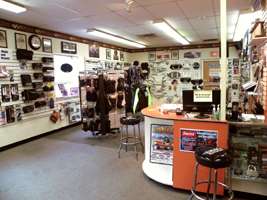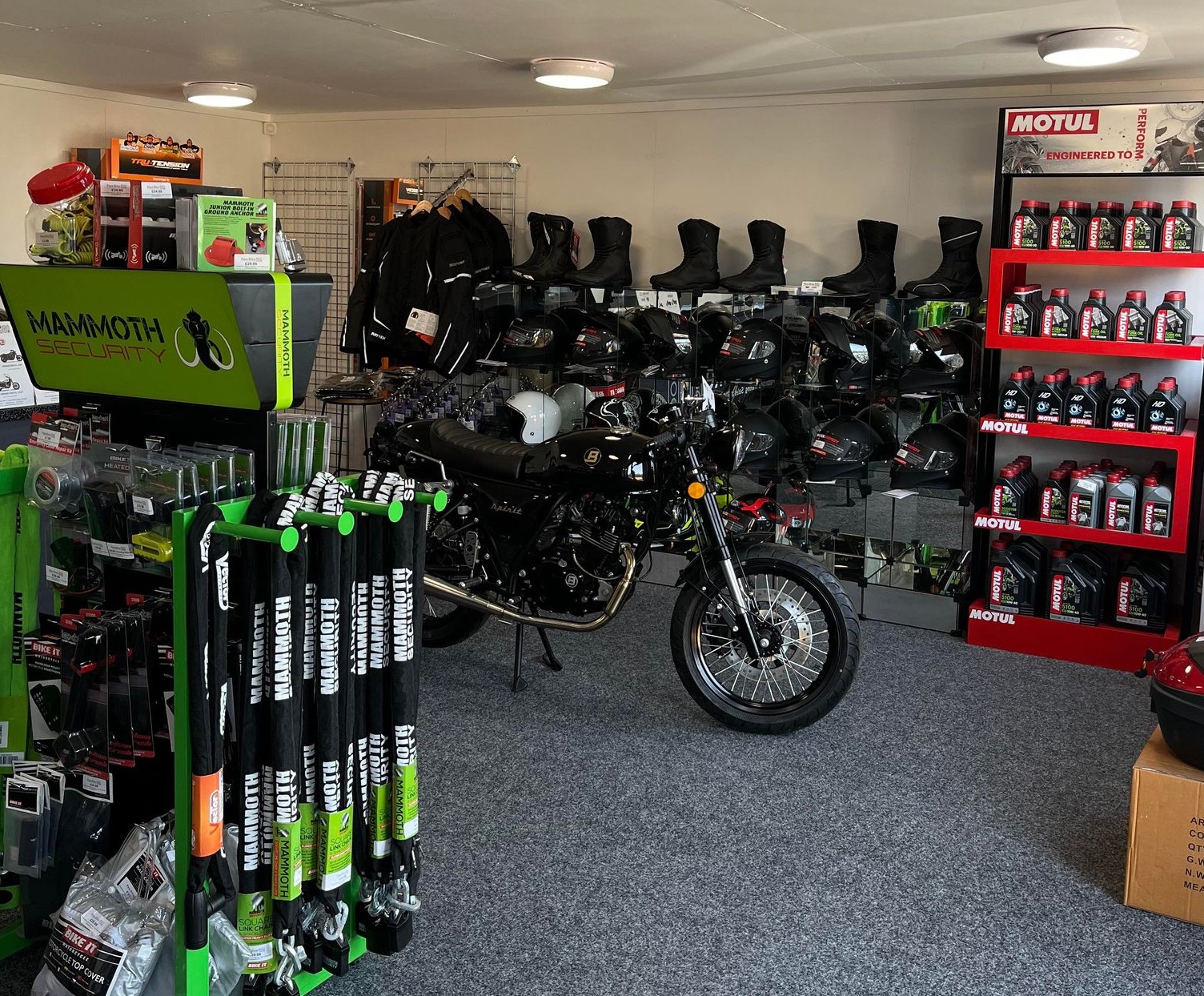Discover Quality Moto Parts NZ for All Your Motorcycle Demands
Discover Quality Moto Parts NZ for All Your Motorcycle Demands
Blog Article
Comprehending the Important Components of a Motorcycle: A Comprehensive Guide for Lovers
For motorbike lovers aiming to boost their riding experience and guarantee their bikes run smoothly, recognizing the crucial components of a bike is vital. Each aspect, from the engine's intricate operations to the vital function of the braking systems, not just impacts performance however also safety and security and comfort. This overview will certainly stroll via the basic components that every biker ought to know with, making it possible for educated selections in both maintenance and prospective upgrades. As we begin this exploration, one must ask: exactly how does each component communicate to produce the smooth experience every fanatic seeks?
Engine Components

The camshaft plays a critical duty in regulating the timing of the engine's shutoffs, making sure the precise opening and closing required for reliable gas and air consumption, as well as exhaust expulsion. This timing is important to keeping ideal engine efficiency and efficiency. In addition, the carburetor or gas injection system, depending on the motorcycle version, is accountable for blending air with fuel in the right ratio for burning.
The air conditioning system, either air or liquid-based, functions to preserve the engine's temperature within operational limits, protecting against getting too hot and making sure durability - motocross parts nz. Each element, meticulously created and integrated, adds to the seamless procedure of the engine, defining the bike's power outcome and overall efficiency
Transmission System
Essential to the motorcycle's functionality, the transmission system ensures reliable power transfer from the engine to the wheels. This system comprises a number of vital elements, including the clutch, transmission, and last drive, each playing a vital function in converting the engine's power right into movement. The clutch, normally run by a hand bar, serves to disengage the engine and engage from the transmission, enabling smooth equipment adjustments and controlled velocity.
The gearbox, commonly referred to as the transmission appropriate, consists of a set of gears that riders can by hand shift with to readjust the bike's rate and torque outcome. These gears are arranged in a sequence that enables the motorcycle to accelerate smoothly and preserve ideal engine efficiency throughout numerous rates. Many motorbikes use a sequential gearbox, calling for the cyclist to move equipments in a predetermined order.
Braking Systems
While recognizing the transmission system is essential to taking advantage of a bike's power, equally important is the ability to regulate and quit that power successfully, which is where stopping mechanisms enter play. Brakes are essential for safety and performance, offering the rider with the required control to browse numerous terrains and problems. Typically, motorcycles include two sorts of stopping systems: disc brakes and drum brakes.
Disc brakes are a lot more widespread in modern-day bikes as a result of their exceptional efficiency. They are composed of a brake disc, caliper, and pads. When triggered, the caliper presses the brake pads versus the spinning disc, transforming kinetic power right into heat, consequently slowing down the wheel. This system supplies far better warmth dissipation, consistent efficiency, and enhanced stopping power, particularly in wet conditions.
On the other hand, drum brakes, though less typical, are still discovered in some motorbikes. They function by pressing brake shoes against the inner surface area of a drum affixed to the wheel. While normally less basics reliable in heat dissipation and stopping power, drum brakes are easier and extra cost-effective.
Understanding these braking systems' subtleties allows motorcyclists to maintain their bikes correctly and appreciate the engineering that guarantees safe and effective stopping.
Suspension and Steering
Suspension and steering systems are important parts that substantially influence a motorbike's handling and trip convenience. The suspension system, including forks at the front and shock absorbers at the back, soaks up roadway irregularities, improving security and control. Front forks, upside down or generally telescopic, compress and rebound to reduce impacts, while rear shock absorbers maintain tire contact with the road, crucial for traction and security.
Steering, focused around the handlebars, connects the motorcyclist to the motorcycle's directional control. The steering head bearings ensure smooth procedure, permitting exact maneuverability. Appropriate placement and maintenance of these bearings are critical for foreseeable guiding response and reducing motorcyclist fatigue.
The suspension's adjustability is one more essential aspect; preload, damping, and rebound settings enable customization to suit various riding conditions and designs. This versatility is crucial for maximizing efficiency, whether browsing metropolitan streets or taking on sturdy routes. Technologies like electronic shock absorber supply real-time modifications, improving experience top quality throughout diverse terrains.

Electrical Solutions
After guaranteeing a smooth and regulated ride through efficient suspension and steering systems, focus turns to the electrical systems, an essential aspect of contemporary motorbikes. These systems play an important function not only in beginning the engine however likewise in powering numerous parts that boost the capability and security of the motorcycle.
At the heart of a bike's electrical system is the battery, which shops electric energy required for starting the engine and powering supporting systems - motocross parts nz. The alternator or generator, coupled with the rectifier-regulator, ensures the battery stays billed while the bike is in operation, converting mechanical power right into electrical power and preserving voltage degrees
The ignition system, one more important element, Full Report is in charge of igniting the air-fuel mixture in the engine's cylinders. Modern motorcycles often use an electronic ignition system, providing better efficiency and reliability contrasted to standard systems.
Illumination systems, consisting of fronts lights, tail lights, and indications, are likewise crucial, making sure visibility and security for the rider. Added digital components such as sensing units, control systems, and displays add to innovative attributes like fuel shot administration, anti-lock stopping systems (ABDOMINAL MUSCLE), and digital control panels, additionally enhancing the riding experience.
Verdict
A detailed understanding of a bike's crucial elements, including the engine, transmission system, braking devices, suspension, guiding, and electric systems, is indispensable for enthusiasts aiming to maximize convenience, efficiency, and safety and security. Proficiency of these aspects allows for educated decisions concerning upkeep and upgrades, ultimately boosting the riding experience. By incorporating this expertise, bikers can ensure their motorbikes run at peak effectiveness and integrity, thereby optimizing a knockout post both pleasure and long life of their automobiles.
For motorcycle lovers looking to elevate their riding experience and ensure their bikes run smoothly, understanding the essential components of a motorbike is critical.Important to the bike's functionality, the transmission system makes sure reliable power transfer from the engine to the wheels.While understanding the transmission system is key to taking advantage of a motorcycle's power, equally essential is the ability to control and quit that power successfully, which is where stopping mechanisms come right into play. Commonly, motorbikes include two kinds of stopping systems: disc brakes and drum brakes.
A detailed comprehension of a motorbike's crucial elements, including the engine, transmission system, braking systems, suspension, guiding, and electric systems, is indispensable for lovers intending to enhance performance, safety, and convenience.
Report this page